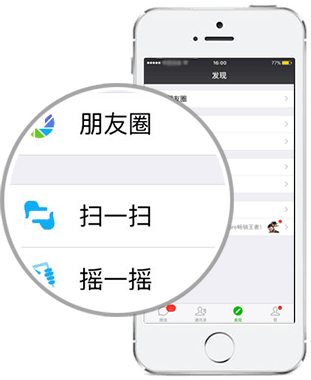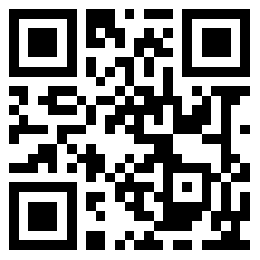Part 2
You should spend about 20 minutes on Questions 15-27, which are based on Reading Passage 2 below.
A case study of a risk assessment for general office cleaning
A commercial cleaning service took on a new contract to clean an office complex. Before sending cleaning staff to the offices, the manager of the cleaning service carried out a risk assessment using guidance provided by the Health and Safety Executive (HSE).
To identify the hazards, the cleaning service manager visited the office complex and walked through the areas where cleaning staff would be working, noting things that might pose potential risks. Following this, he consulted the health and safety representatives of the cleaning service about these risks, taking into account the needs of any particular staff members, such as whether they were pregnant or aged under 18.
In order to gather further information, he then had a meeting with the client company during which a number of issues were discussed. These included the client company’s own standard of housekeeping, such as the immediate clearing up of spills and keeping walkways clear, as well as the action to be taken if a fire broke out. He also established what facilities and equipment would be available to the cleaners,including the amount of storage space available, as well as the availability of sinks and taps, etc. and agreed on a method of reporting near-miss accidents and risks discovered by cleaners (e.g. damaged floor tiles).
Following the meeting, the manager created a risk assessment document. He wrote down who could be harmed by each risk or hazard identified and in what way, and he then described what controls, if any, were in existence to manage these hazards.The manager then compared these to the good practice guidance set out on the HSE’s website and identified any areas where improvement was needed.
The manager discussed the findings with the cleaning staff, making sure they understood the risks of the job and how these risks would be monitored. One cleaner, whose first language was not English, had difficulty understanding this, so the manager arranged for translation to be done by a bilingual cleaner from another team. Finally, to ensure that all the cleaning staff had access to a copy of the risk assessment, the manager pinned a copy in the cupboard where cleaning equipment was kept.
Questions 15 – 21
Complete the flow-chart.
Write ONE WORD ONLY from the text in each gap. Write your answers in each gap.
Stages followed by manager in carrying out risk assessment
|
He visited the offices to be cleaned and noted potential risks. |
↓
|
He talked to health and safety 15___________about the risks. |
↓
|
At a meeting , he talked to the client company about • the policy of the company regarding 16___________ (e.g. clear walkways) • procedures to be followed in case of a 17___________ • facilities available to cleaners (e.g. space available for 18___________ ) • a way of 19___________ risks and hazards. |
↓
|
He created a risk assessment document identifying existing controls of risks and hazards. |
↓
|
He compared these to information that the HSE provided on its 20___________ |
↓
|
He displayed a copy of the risk assessment inside a 21___________ available to all cleaning staff. |
Questions 22 – 27
Complete the sentences below.
Choose ONE WORD ONLY from the passage for each answer. Write your answers in each gap.
Some companies prefer to interview job applicants digitally because of lower 22__________.
As with the standard recruitment process , virtual recruitment opens with 23__________.
Applicants should read any details about the advertised post carefully and pick out important 24__________which they can discuss if necessary .
It is a good idea for applicants to check if they can be clearly understood when they use a 25__________ .
Applicants may not be familiar with the 26__________ that the person conducting the interview will use, so they should try it out.
It is very useful to go through a 27__________of the interview, with someone playing the part of the interviewer .





